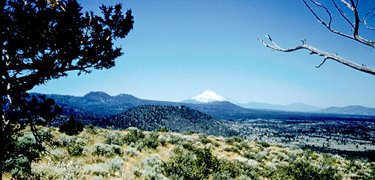
Golden Dome Cave |

Natural Bridge |

Pillar Block in Hopkins Chocolate Cave |

Blue Grotto Cave |

Breakdown Block, Blue Grotto Cave |

"Skylight", Sunshine Cave |

Sunshine Cave |

Sentinel Cave |

Sentinel Cave |

Sentinel Cave |

Skull Cave |

Ice Floor, Skull Cave |

Ice Floor, Skull Cave |

Rock Art, Symbol Bridge |

Rock Art, Symbol Bridge |

Devil's Homestead Lava Flow |

Devil's Homestead Lava Flow |

Black Crater |

Black Crater |

Black Crater |

Fleener Chimneys |

Fleener Chimneys |

Fleener Chimneys |

Fleener Chimneys |

Schonchin Butte |

